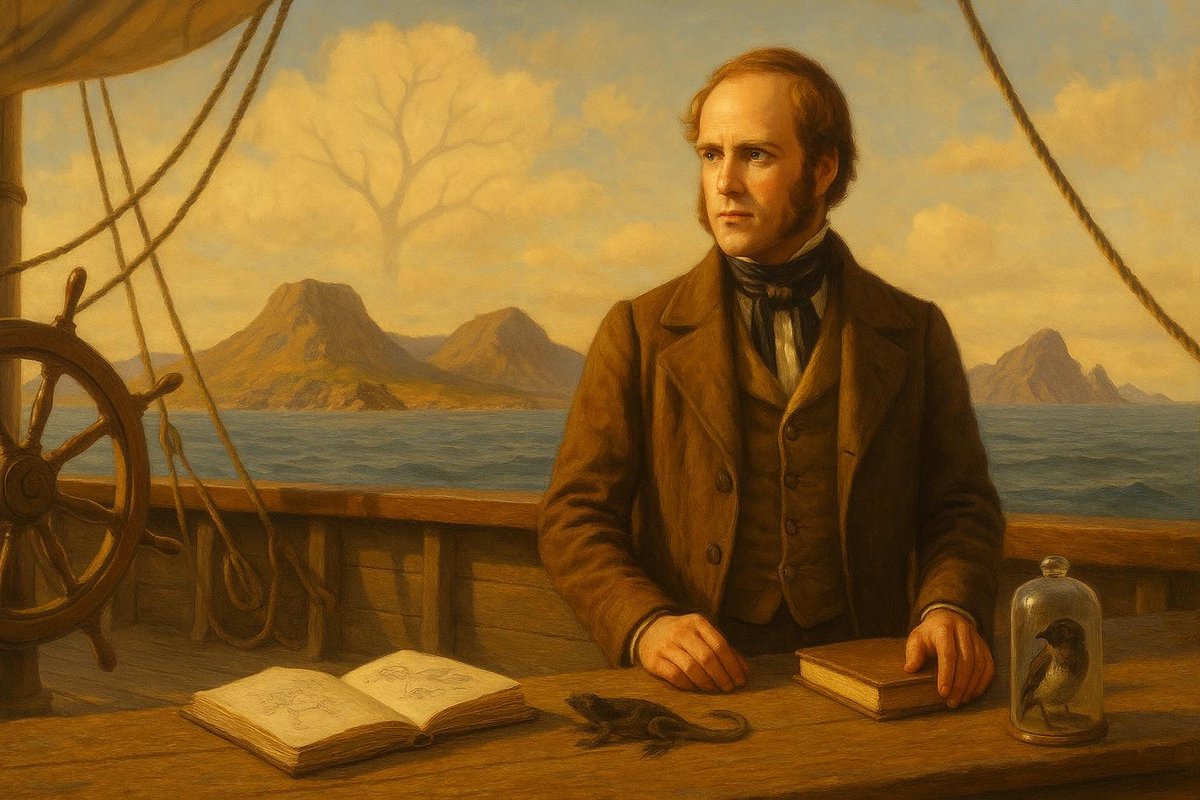
Imagine a world where the tapestry of life is not a static painting but a dynamic family tree, constantly branching and evolving. This powerful metaphor was sculpted during Charles Darwin’s transformative journey aboard the HMS Beagle. It was during this voyage that Darwin observed the rich complexity of life, inspiring thoughts that would forever change the way we understand our biological heritage.
Setting Sail on a Scientific Revolution
The early 19th century was a time of intellectual curiosity and exploration. Although many people believed in the fixity of species, Darwin’s observations on the Galápagos Islands ignited a spark. What was missing was a unifying theory explaining how species could change over time.
- Prior Understanding: Most scientists adhered to creationist views, limited by the lack of empirical evidence for change.
- Darwin’s Observations: He encountered finches with varying beak shapes tailored to their food sources.
- Question Arising: How could such diverse forms of life emerge from a common ancestor?
This period, bustling with exploration and new scientific thought, laid fertile ground for Darwin’s revolutionary ideas. No wonder his observations struck such a profound chord.
The Tree of Life: A Theoretical Breakthrough
Darwin’s mind, like a finely tuned clock, ticked with the rhythms of nature, observing intricate patterns. Upon returning from his voyage in 1836, the idea of natural selection began to take root, offering an elegant explanation for the diversity of life.
- Conceptual Leap: Darwin envisioned life as a branching tree, where species diverged over time.
- Metaphor for Evolution: Just as tree branches spread out, species adapt and evolve, driven by environmental pressures.
- Impact: This groundbreaking idea challenged prevailing scientific and religious thought.
Interestingly, Darwin’s intellectual style was meticulous yet open-minded, allowing him to weave together observations into a coherent theory, forever altering our view of life’s complexity.
Supporting Evidence: More Than Just a Theory
Darwin’s theory was not just a flash of insight but a well-supported framework reinforced by subsequent discoveries. His meticulous documentation and later publications, like On the Origin of Species, provided a foundation for modern biology.
- Fossil Records: Fossils demonstrated transitional forms, bridging gaps between species.
- Genetic Evidence: Modern genetics reveals the DNA similarities across species, echoing Darwin’s tree of life.
- Contemporary Observations: Witnessing natural selection in action, such as antibiotic resistance in bacteria.
Darwin’s theory, through these reinforcing evidences, became more than just an abstract concept. It became a lens through which we view the living world, one tree branch at a time.
Modern Relevance: Darwin’s Legacy Lives On
As time goes on, Darwin’s legacy continues to influence diverse scientific fields. His vision of the tree of life has only grown richer with the advent of new technologies and discoveries.
- Biotechnology: Techniques like CRISPR gene editing are rooted in evolutionary principles.
- Ecology and Conservation: Understanding evolutionary relationships aids in biodiversity conservation efforts.
- Health Sciences: Evolutionary theory informs vaccine development and understanding disease dynamics.
In today’s world, where scientific literacy is crucial, Darwin’s journey still fuels our curiosity and innovation, guiding us along the ever-branching paths of knowledge.
Conclusion: Darwin’s journey aboard the Beagle was not just a voyage of discovery but a catalyst for an intellectual revolution. His curiosity and meticulous work continue to shape our understanding of the natural world.
Fuel Someone Else’s Curiosity
If you’ve found yourself intrigued by this tale of discovery, why not share it with a friend? Let’s keep the spirit of exploration alive by discussing and spreading the wonder of Darwin’s insights. Together, we can inspire more minds to wander and wonder.

Leave a Reply